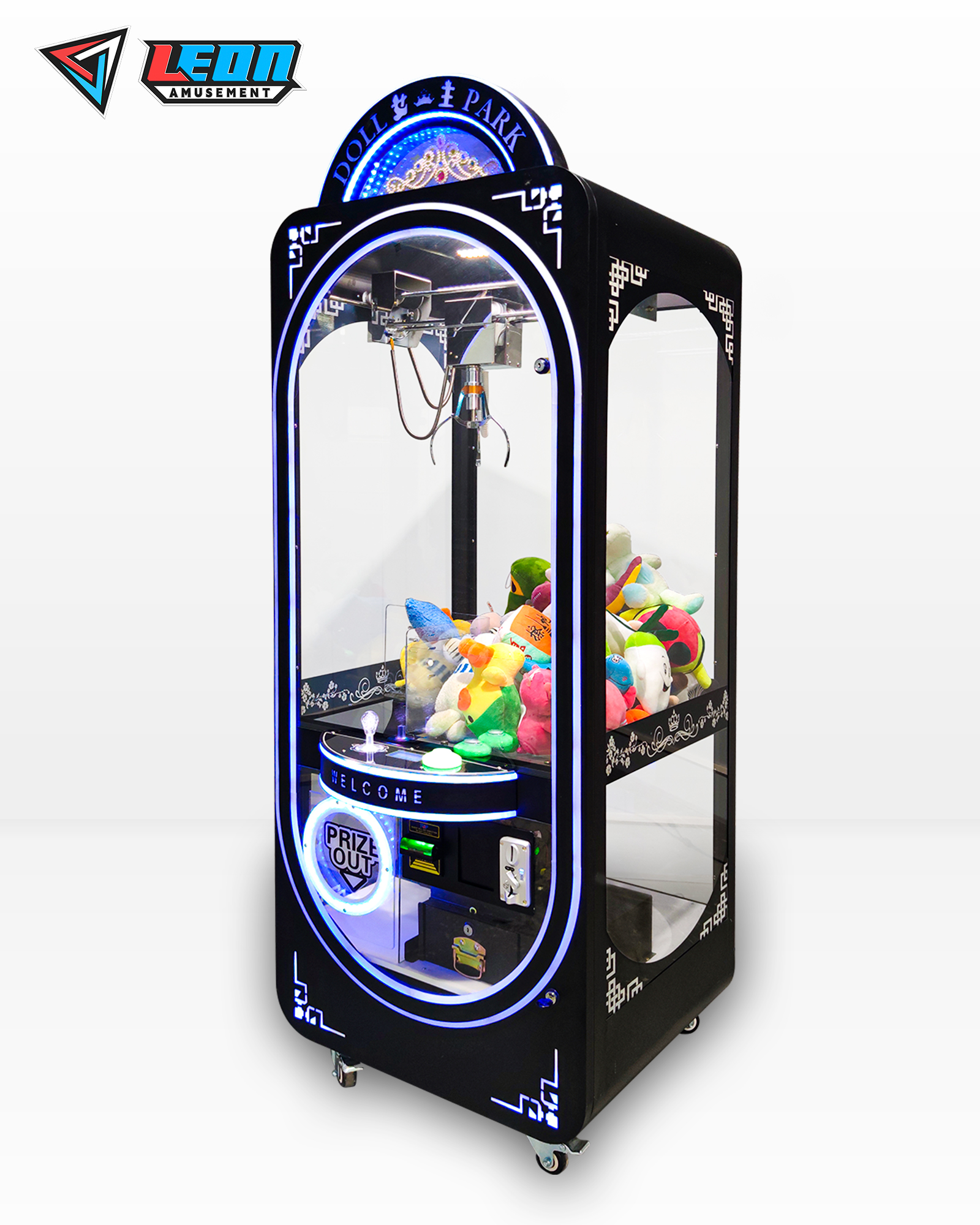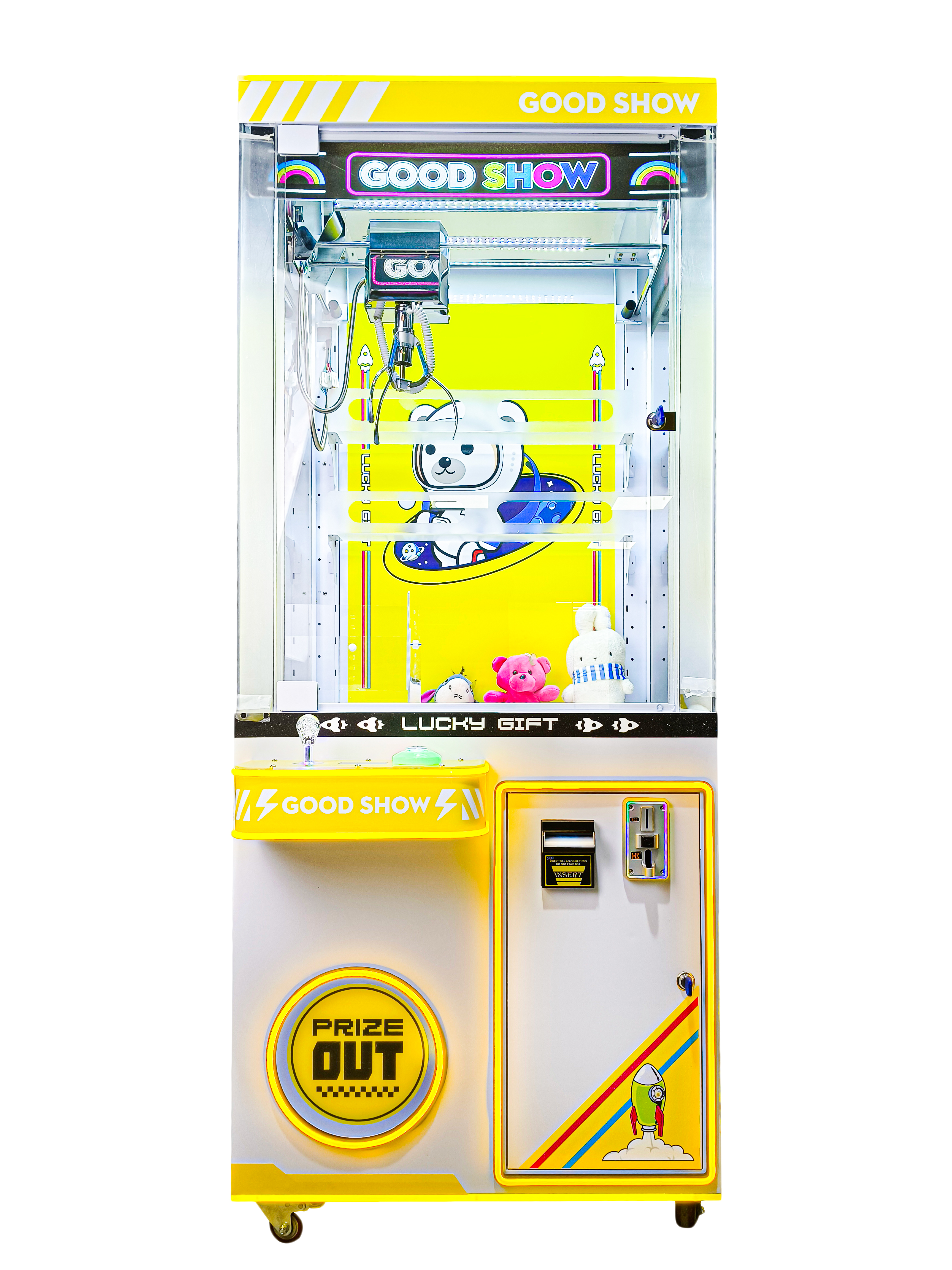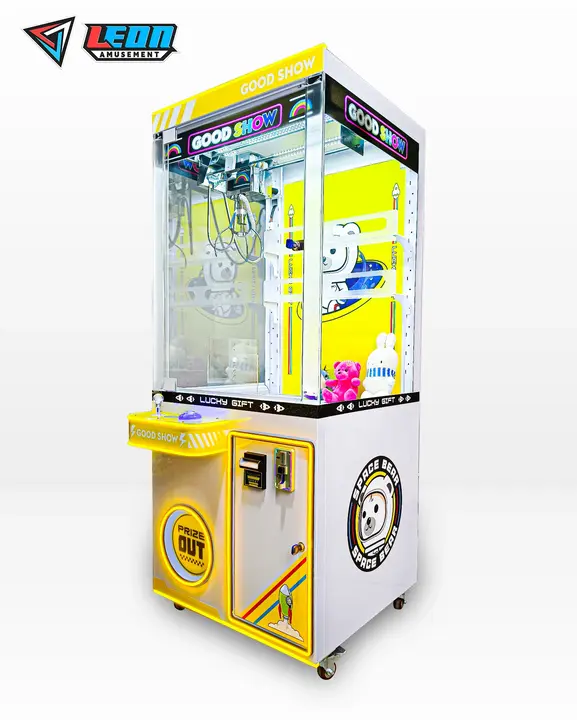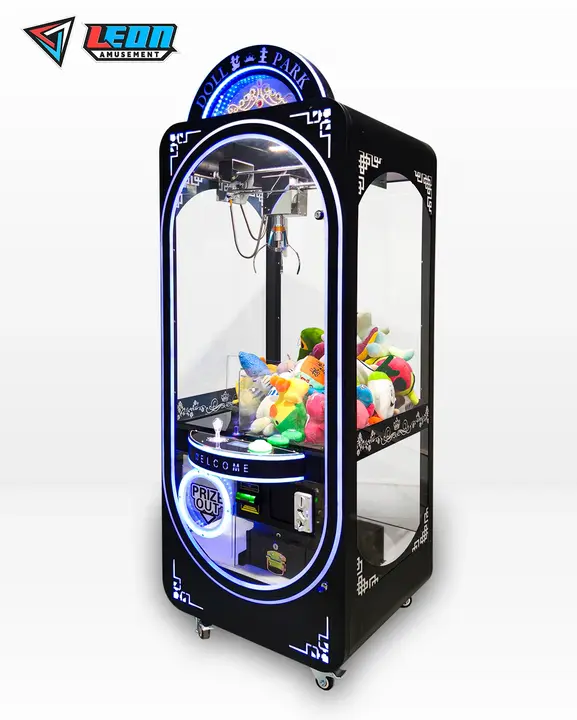Ensure compliance with CE, UL, and RoHS standards for all claw machine kits to guarantee safety and durability.
Table of Contents
ToggleCertifications and Standards
Prioritizing safety and compliance while investing in claw machine kits requires considering the following concepts pertaining to recognized certifications and standards. For a start, it is important to grasp the essence of certificates for claw machines. For example, the CE mark in Europe or the UL listing in the United States suggests that the product meets rigorous standards on safety, health, and environmental protection.
To avoid potential accidents, one should check whether the claw machine kit is certified in a similar way. An essential aspect of purchasing a claw machine kit safest for use is the compliance standards themselves, such as the ISO or ASTM standards. Standards are utilized to protect the users in different aspects, such as mechanical and electrical specifications, the issue of stability, or the choice of materials.
Product specifications usually contain information on these, but, in case they do not, one may inquire corresponding information from the manufacturer. It is critical to keep in mind the mechanisms of verification of the authentic nature of certificates. The most straightforward way is to visit the manufacturer’s website to check certificates or ask for proof of compliance with standards.
In addition, one could research the database available for all the certifying bodies to check the connection between those and the manufacturer. It is crucial to remember that when a brand is unwilling to share the certificates with the customers, this may mean the product is not certified.
Finally, a certified product and subsequent compliance with safety regulations are essential, not only from a legal standpoint. Indeed, complying with them sheds a good light on the company and is often a self-presentation check by the franchisors.

Material Safety
For ensuring your claw machine kit, the materials used play a crucial role in defining the life of the machine and the safety of its use. High-quality material can eliminate most possibilities that can undermine the machine, such as wear and tearing or any other peripheral aspects associated with material. Here is how:
Choosing Safest Materials
Starting with the type of material used in the construction of the claw machine, such as plastics, metals, and composites, all must be high graded and free from any harmful constituents like BPA, lead, and other toxic chemicals. Importantly, all of them must conform to safety standards worldwide such as RoHS for protection from the use of hazardous materials.
Material Durability
All claw machines should be created using a durable substance that can extend the life of the machine and make it withstand the test of time. Materials that quickly degrade result in sharp edges or small parts which might present rectifying spaces or choking hazards to children. This means that only high-quality materials which are resistant to corrosion and wearing out should be applied.
Manufacturer Pedigree
A trustworthy manufacturer always offers clear descriptions of the material used and does not hide or shade any material details. In case the information is not clear in the manufacturer’s manual, the buyer has the right to reach out to the manufacturer for further clarification. If the manufacturer fails to respond or provide a clear answer, there are high chances that the machine is made of low-quality materials.
Design Soundness
Designing a safe and user-friendly claw machine requires attention to detailed structural integrity and ergonomic considerations. Ensuring the stability of the machine and its efficient operation aids in reducing the possibility of mechanical failure and user injury.
Assess the Structural Integrity of the Machine
The claw machine’s design should include constant stabilizing and durability configurations. The machine’s frame should be strong enough to maintain its balance, regardless of how often it is used. Furthermore, secured joints and high-quality fasteners should keep all components of the claw machine securely assembled.
Consider Ergonomic Design Features
Additionally, design aspects pose the extent to which the machine’s usage is secure and easy. Ensure the claw machine’s controllers are reachable and located subtly, suitable for the intended user, whether adults or children. Moreover, the machine should have advanced contour edges and areas to prevent unintended injuries such as scars and bumps.
Use Safety Design
Incorporate safety mechanisms such as automatic stops when the machine malfunctions, transparent barriers to prevent people from accessing the inside of the machine, and ventilators to prevent its electrical components from overheating.
Guarantee User Feedback and Design Modifications
Keep track of user experiences and responses to help identify potential flaws and improve designing aspects. A machine designer motivated to innovate from customers’ responses is presumed likely to design a lightweight and manufacturer-acceptable claw machine and increase improvements such as user-friendliness.
The Importance of a Design’s Soundness
A sound design for a claw machine would make a machine that is entirely safe for usage under varying circumstances and by users of any age, reducing any mechanical and operational issues. Furthermore, sound designing promotes overall enjoyment and ease of use of the machine.

Electrical Safety
Electrical safety is a crucial element in a claw machine kit as it ensures that all electrical systems are functional, reliable, and do not pose a safety hazard to operators or anyone else who comes near the equipment. Proper electrical design that meets safety standards is essential in preventing electrical shocks, shorts, and possible fires. Here are critical considerations to ensure this:
Compliance with Electrical Standards
The kit should comply with national and international electrical standards such as the IEEE or IEC. These standards regulate the wiring, insulation, and setup of electronic systems, ensuring that they are safe to use and effectively prevent electrical mishaps.
Quality of Electrical Components
Electrical components should be of high quality, and their reliability can be verified by checking the wiring, circuit board, and connectors to ensure all connections are secure. It’s also important that all wiring is properly insulated to protect operators from accidental shorts and shocks.
Protective Features
Examine whether the electrical design includes safety measures such as fuses and circuit breakers to prevent overloading and potential fires, or if the machine uses a Ground Fault Circuit Interrupter (GFCI). The GFCI is crucial as it helps cut off power to the machine in case of a fault, protecting users from electrical hazards.
Regular Inspections and Maintenance
Maintaining the electrical components also involves regular inspections of the electrical system for signs of wear, such as frayed wires or loose connections, and replacing any burnt or worn parts promptly.
Importance of Electrical Safety
The reason electrical safety is essential is twofold: it protects the user and ensures the longevity of your machine. By adhering to these guidelines, you can significantly reduce the risk of electrical accidents and increase the reliability and lifespan of your claw machine.
Software Security
Similar to the mechanical and electrical components of regular claw machines, the software used in claw machine kits needs to be secure to protect its operations from unauthorized access and potential misuse. To ensure that the software is as robust as other machine components and not susceptible to hacking, it must adhere to a series of best practices:
Regular Updates
The user responsible for operating the claw machine should regularly check the manufacturer’s website for new software updates and apply them as soon as possible. These updates are crucial as they not only fix bugs in the software but may also address security vulnerabilities that could be exploited by hackers.
Secure Design
The software should be designed with security in mind, which includes the use of strong authentication measures to prevent unauthorized access and the necessity for encryption for all communications between the machine and any remote servers. A secure design also ensures that the software is capable of robust error handling and logging, which helps identify and respond to potential security incidents more rapidly.
Malware Protection
Proper antivirus and anti-malware solutions should be used on the operating systems that run the claw machine software. Regular scanning is important because malware can damage not only the software but also the hardware and potentially steal sensitive data.
Vendor Support
Choose claw machine kits provided by a vendor known for good security practices. The company should offer detailed security documentation and maintain readiness to assist in the case of any security emergency. The ability of the vendor to ensure software security demonstrates how reliable the claw machine will be in practice.
Importance of Software Security
The security of software in claw machines is essential for maintaining the integrity and confidentiality of operations and user data. It prevents malicious activities and ensures the overall reliability and safety of the machine, enhancing user trust and satisfaction. Implementing these best practices is vital for protecting the software from potential threats and ensuring that the claw machine operates as intended.
Installation Guidance
To guarantee maximum safety and performance, your claw machine kit needs to be properly installed. By following the installation manual in detail, all safety measures meticulously outlined by the manufacturer can be effectively implemented.
Installation Manual
Your claw machine kit should come with a comprehensive installation manual. This manual should provide an easy and smooth guide to assist you in setting up the machine, with images or photos illustrating some of the installations. Detailed installation manuals help the installer avoid mistakes that may cause safety hazards or mechanical failures.
Tools and Equipment
The installation manual should also list the necessary tools and equipment needed for setup. Before starting the installation, check whether you have all the required tools, such as screwdrivers, wrenches, and electrical testers. If you don’t have the necessary tools, prepare in advance to avoid damaging the equipment parts.
Safety Measures
It’s crucial to comply with the safety measures as stipulated in the installation manual. This includes turning off all power sources to the machine during assembly, wearing protective clothing, and ensuring the area you are operating in is free from potential accidents.
Testing After Setting Up the Machine
After installing the claw machine, a full checkup is necessary. Ensure that both mechanical and electrical components are safe to use. Also, check the software setup to see if the equipment responds correctly to the settings as guided.
Professional Help
If the machine parts are too complex for you to install, seek professional help. This can significantly reduce the risk of using the machine and extend its lifespan.
Conclusion
Proper installation is crucial to ensure that the claw machine is safe to use, stable, and ready for operation. Adhering to the guidelines provided helps prevent common installation errors that could result in operational failures or safety hazards. Moreover, a well-installed claw machine ensures a good play experience and maintains the equipment’s longevity.
Regular Inspection and Maintenance
Finally, regular inspection and maintenance are essential for the long-term operation of your claw machine. A planned and executed inspection schedule ensures that your equipment stays in top condition without breakdowns or shutdowns.
Developing a maintenance plan. First of all, plan your maintenance. With the information provided by the manufacturer, it is advisable to plan your maintenance schedule as your usage profile may differ. For this purpose, it is recommended to provide daily, weekly, and monthly checks because different aspects will require attention, such as individual components of mechanical and movement devices and software.
Second, a special attention area is a part that is subject to wear and tear. For example, moving parts, claw mechanisms, and electrical connections are constantly in tension, so these areas should be the center for checks. Moreover, malfunctioning wires, loose bolts, and other factors may require an immediate replacement of the component.
Cleaning the device allows it to work smoothly without breakdowns. Dust accumulating in these surfaces and electronics can cause malfunctions or overheating of some elements.
Finally, updating the software matters because it allows checking the problems system may encounter. Additionally, it improves the efficiency and ensures your system is safe from hackers.
It is also important to keep records of all types of maintenance because it will be easier to schedule it in the future. If necessary, provide the staff or users with training on maintenance. This will help them prevent their misuse of the machine or injury from occurring.



